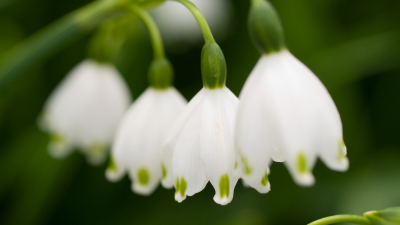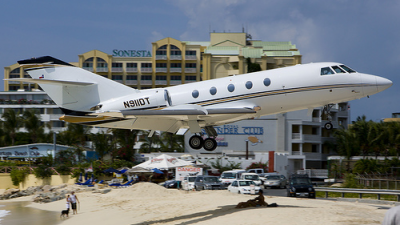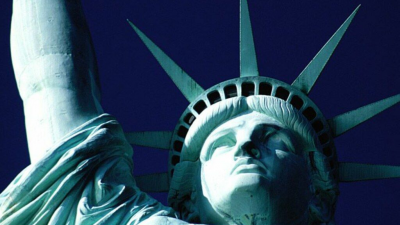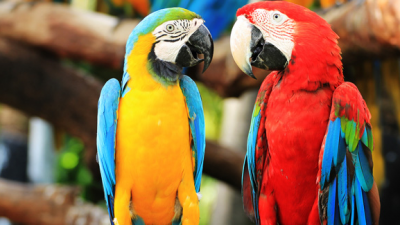The most dangerous volcanoes in the world
|
NEWS
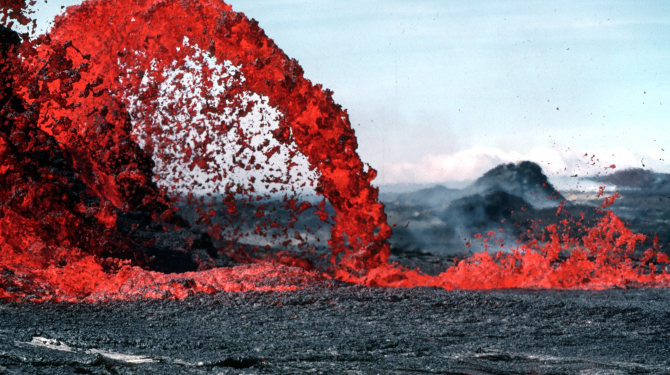
Source: listas.20minutos.es
A volcano (from the mythological god Vulcan) is a conduit that puts the upper part of the solid crust in direct communication with the lower levels of the crust. It is also a geological structure through which magma (molten rock) emerges in the form of lava and gases from the interior of the planet. The ascent usually occurs in episodes of violent activity called "eruptions", which may vary in intensity, duration and frequency; being from conduits of lava flows to extremely destructive explosions. They generally acquire a characteristic conical shape that is formed by the pressure of the underground magma as well as the accumulation of material from previous eruptions. Above the volcano we can find its crater or caldera.
TOP 19:
Papandayan
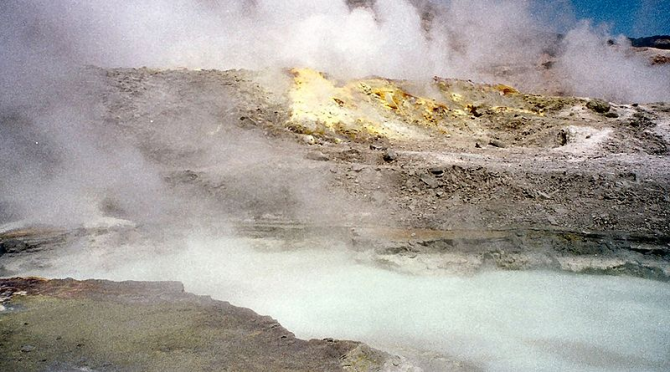
This volcano, which presents a serious threat to the natives, is located on the Indonesian island of Java. In 1772 completely destroyed 40 villages located on its slopes and more than 3,000 inhabitants of the place died. The volcano is considered very dangerous to this day and it is not advisable to establish houses nearby. Insignificant earthquakes and eruptions were repeated in 1923 and 1942, and in 2002 there were quite strong movements within the mountain.
TOP 18:
Sakura-Jima
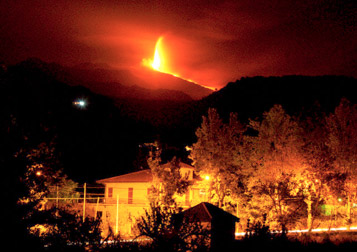
Since 1955 the Kyushu island volcano regularly erupts. It is located in a very populous region, and for that reason it is considered one of the most dangerous in the world, some even call it 'The Eastern Vesuvius'. The city of Kagosima, where some 700,000 inhabitants live, is located a few kilometers from the mountain. The local Administration had to build in this area special shelters where people can hide from the pieces of forest that fall off. The last eruption of the volcano was in March 2009.
TOP 17:
Sierra Negra
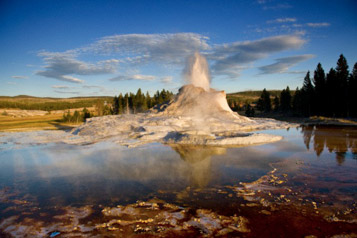
One of the largest volcanoes in the Colón Archipelago (better known as the Galapagos Islands), Sierra Negra, erupted for the last time in 2005. The Galapagos Islands are considered by scientists to be one of the most active volcanic spheres in the world. Only in the last 200 years have there been more than 50 eruptions. Then the natural territory forbidden every day is under threat of destruction.
TOP 16:
Etna
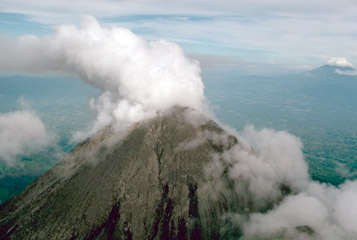
It is the highest and most active volcano in Europe. It represents a serious threat to the people who live in the villages and cities of Sicily. In 1669 there was a devastating eruption in which lava destroyed surrounding villages and covered part of Catania, the ancient city on the eastern coast of Sicily. In 1992 two lava flows threatened the entire municipality, where about 8,000 people live.
TOP 15:
Nyirangongo
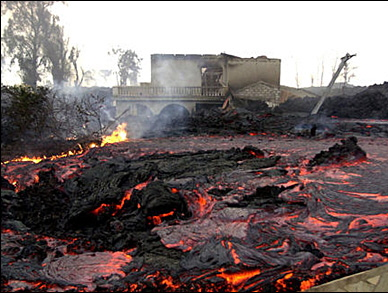
Generally, lava flowing from an erupting volcano is not deadly. volcanoes release lava slowly and, normally, one can leave it behind. The lava that flows from this volcano in the jungles of the Congo is a different image. Nyirangongo lava has very little silica that is responsible for thickening and decelerating lava. In the year 2002, lava sprang from its mouth and dropped at speeds of 60 miles per hour for the collision with a nearby city that serves as home to about 500,000. Experts fear that the next great volcanic eruption of lava can be deadly for the surrounding villages.
TOP 14:
Merapi
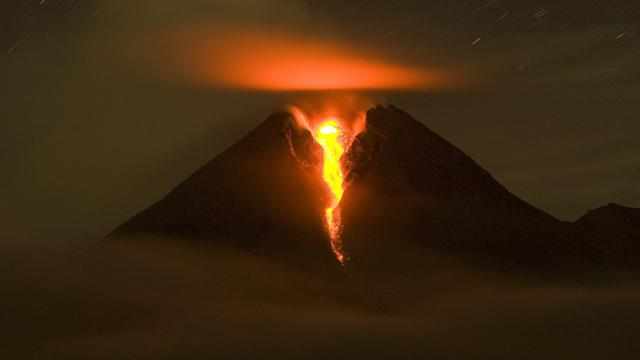
This 'mountain of fire', as locals call it, is the most dangerous volcano in Indonesia and erupts regularly: about once every ten years. Since the sixteenth century he has regularly killed the people who live in its surroundings. In the vicinity of the volcano is the city of Yogyakarta, while on its slopes are some villages at an altitude of more than 1,700 meters. In 2006 about 5,000 people were killed and 200,000 were left homeless
TOP 13:
Mount Rainier
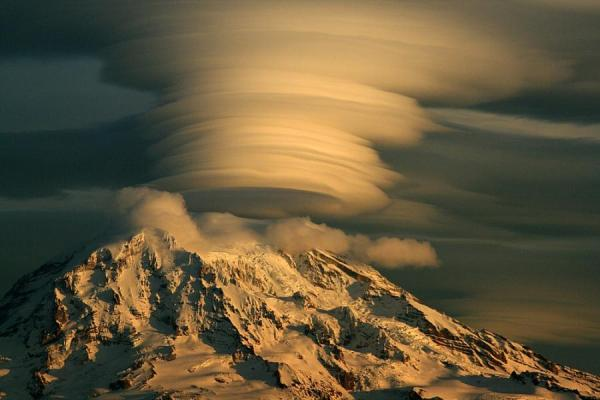
At 14,410 feet, Mount Rainier is a major tourist attraction in Washington. According to experts, it also poses a great threat to the state. Around 3 million people live along its foot with about 100,000 homes built on the hardened remains of previous mud flows from the dormant volcano. This list of the most dangerous volcanoes can really be enlarged with all the volcanoes that present as a great threat to people, livestock, structures, agriculture and the environment. There is nothing really that we can do when the earth needs to unleash its internal pressure
TOP 12:
Villarrica Volcano
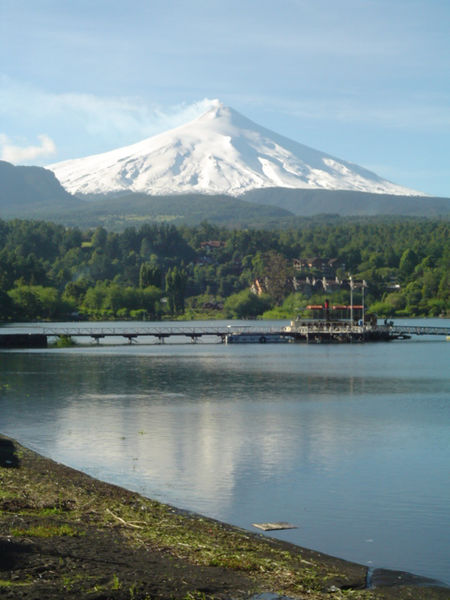
The Villarrica Volcano (Rucapillán in the Mapuche language, home of the spirit or the demon) is a volcano of Chile, located in the southern Andes. It is one of the most active in South America. Of almost perfect conical shape, it is classified as stratovolcano and has an altitude of 2,847 meters above sea level and 2,450 meters from the base. It is located in the limit of the Province of Cautín (Region of the Araucanía) and the Province of Valdivia (Region of the Rivers), between Lake Villarrica and Lake Calafquen.
TOP 11:
Chaitén Volcano
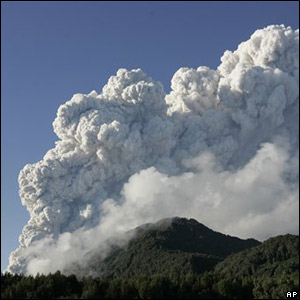
The Chaitén Volcano was in a deep sleep of 9,000 years until it decided to rise in 2008, throwing ashes several kilometers into the sky. A town with the same name about 6 kilometers away was devastated by floods and ash fall. It was a nightmare for around 4,500 people living there. It is a clear reminder that inactive volcanoes may still pose a danger.
TOP 10:
Mount Merapi
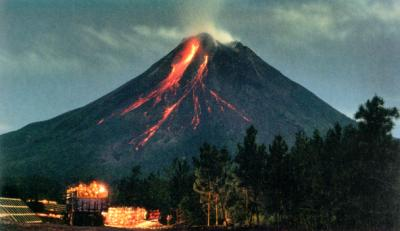
This volcano in Indonesia is one of the most active in the world. Usually, the tremors in its upper part are usual, it also releases hot gas and ashes in the sky. adding that the incandescent rocks go down on one of their sides. As for its recent history, 60 people died when it launched a gas cloud in 1994 and in 1930 about 1,300 were reported dead after its eruption. The locals who live at the foot of the Merapi believe that the spirits will warn them if it erupts.
TOP 9:
Mount Pinatubo
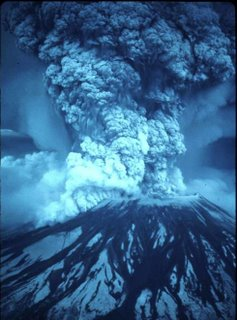
Although, the crater and the surrounding communities of Mount Pinatubo are now a tourist destination, it is far from being the image of the volcano that exploded in 1991. The volcano threw ash that caused the earth's temperature to fall by a few degrees and released volcanic material that I delete several cities of the northern part of the island of Luzon. A US military base was abandoned because of the rain of ash, mud and rain. Around 800 people died and millions of dollars lost in the rice-growing region of the Philippines. Thousands of people, including aborigines, continue to live along the foot of the mountain.
TOP 8:
Mount Fuji
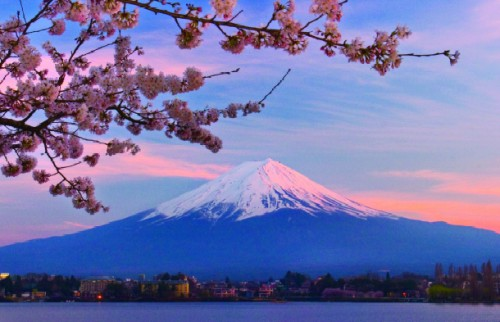
There are around 100 volcanoes on the islands of Japan. Some of them are very active and erupt every year. The picturesque Mount Fuji has been asleep since 1707 and the low frequency tremors in the year 2000 and in 2001 alerted the authorities. Mount Fuji is very quiet so far, but experts fear that after more than 300 years of sleep there is a danger that represents for Tokyo, which is home to about 30 million people. A study puts in the worst case that the damages would amount to 20 billion dollars as well as the potential of the deaths it would generate.
TOP 7:
Vesubio mont
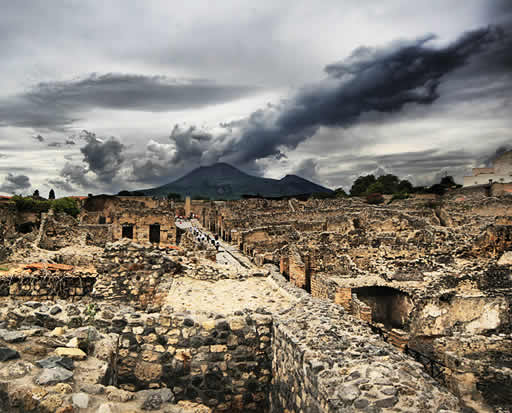
Mount Vesuvius (Italian: Mount Vesuvius, Latin: Mons Vesuvius) is an active volcano of the Vesuvian type located opposite the Bay of Naples and about nine kilometers away from the city of Naples. It is located in the province of Naples, belonging to the Italian region of Campania. It has a maximum height of 1,871 meters above sea level and rises south of the main chain of the Apennines.
TOP 6:
Cerro Machín
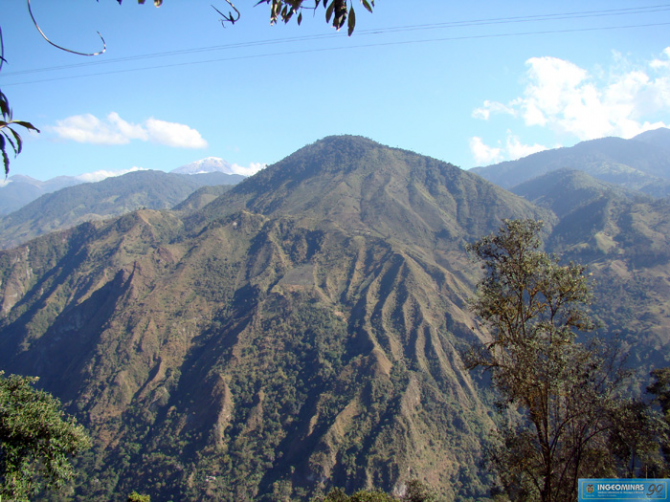
Cerro Machín is a volcano located on the central mountain range of the Colombian Andes, in the department of Tolima, west of Ibagué, the departmental capital. The nearest city is Cajamarca, 7 km away, 17 km away Ibague and Armenia 35 km away. It consists of several rings that are intercepted, in addition to three domes with heights up to 2750 meters above sea level. It is considered the second most dangerous volcano in the world, due to the large amount of population located in cities and towns within its area of influence. It is drained by the Coello River, a tributary of the Magdalena River.
TOP 5:
Krakatoa Volcano
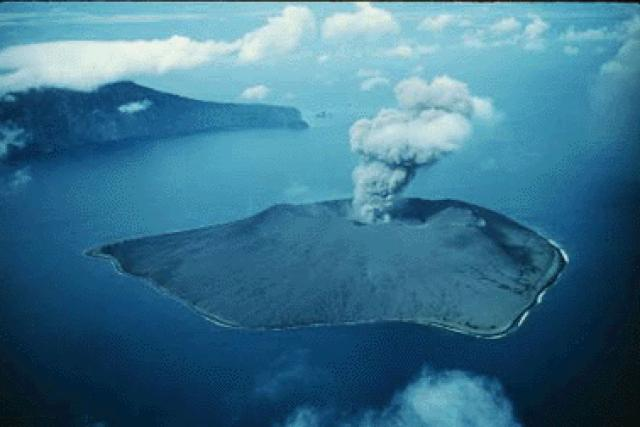
The combined effects of pyroclastic flows, volcanic ash and tsunamis had disastrous results in the region. There were no survivors among the 3,000 inhabitants on the island of Sebesi, approximately 13 kilometers from Krakatoa. Pyroclastic flows that traveled over the water surface at 300 km / h killed around 1,000 people in Ketimbang, on the Sumatra coast, about 40 km north of Krakatoa. The official death toll registered by the Dutch authorities was 36,417 and many settlements were ravaged, including Teluk Betung and Ketimbang, in Sumatra, and Sirik and Semarang, in Java. The Banten areas of Java and the Lampong over Sumatra were devastated. There are numerous documented reports of groups of human skeletons found floating in the Indian Ocean on ponds of volcanic pumice that reached the eastern coast of Africa, even a year after the eruption. Some lands of Java were never populated again; they once again became a jungle and now constitute the Ujung Kulon National Park.
TOP 4:
Teide
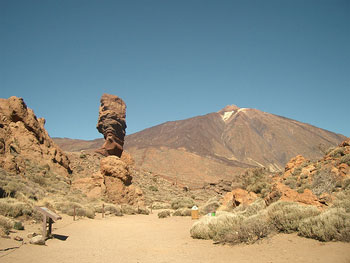
One of the largest volcanoes in the world is located in the 'paradise' of Tenerife, one of the Canary Islands (Spain). And although at present it remains inactive, in the near future the risk of eruption is very great, and then its destructive force could be compared only with the mentioned Vesuvius. The International Association of Volcanologists has described it as one of the most dangerous volcanoes on the planet.
TOP 3:
Nevado del Ruiz
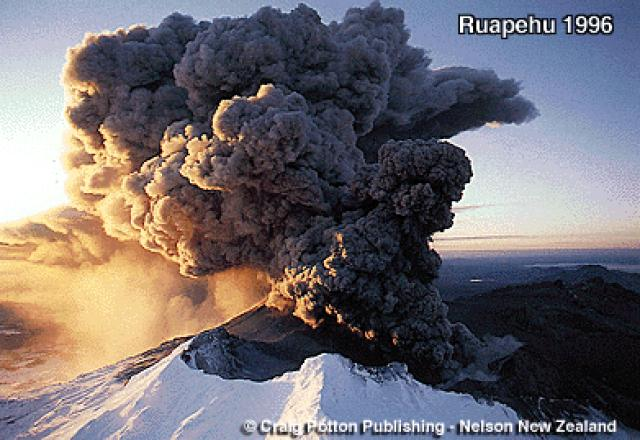
It was like a warm-up of the engine like the Ruiz Nevada volcano causing the earthquake before exploding in November 1985. The materials that it released from its crater melted the snow cap and the hot mud released with Chinchiná. 1,927 people were killed in that town. A second expulsion went through the same road, erasing the city of Armero and killing some 23,000 people. It was the worst disaster in Colombia caused by nature so far. Experts have called for the establishment of an early warning system to prevent the loss of lives.
TOP 2:
Popocatépetl
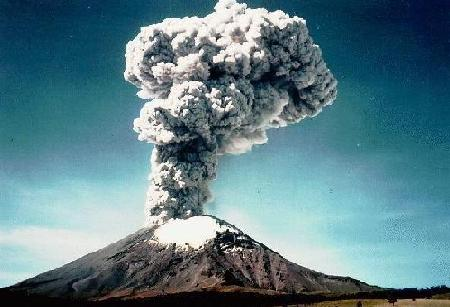
El Popo is the second highest active volcano in North America. it erupted in the year 2000 but was more active during the 1920s. To the west of the volcano there is a city of about 2 million inhabitants and a tantrum of this dormant monster can mean a disaster with the ash that would cover the sky. slides of mud, and the one nightmare for the valleys just below it.
TOP 1:
Supervolcan Yellowstone
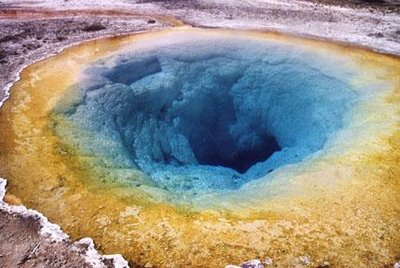
The most violent eruption known occurred 2.1 million years ago. It ejected 2450 km³ of volcanic materials, creating at the same time the geological formation of Huckleberry Ridge Toba. A less important eruption that expelled 280 km³ of materials occurred 1.2 million years ago, giving rise to Island Park Caldera and the geological formation of Mesa Falls. About 640,000 years ago, a third volcanic eruption covered volcanic ash from rocks and other eruptive materials (1000 km³); all of the western United States, a part of the center of the country, and extended to the Pacific coast and to Mexico. After this cataclysm equivalent to 3000 times the eruption of Vesuvius in the year 79 or 1000 times more powerful than the eruption of Mount St Helens in 1980, it remained an immense caldera, of a size of 45 km by 85. The eruption gave rise to also to the geological formation called Lava Creek Tuff which is formed by tufa.


